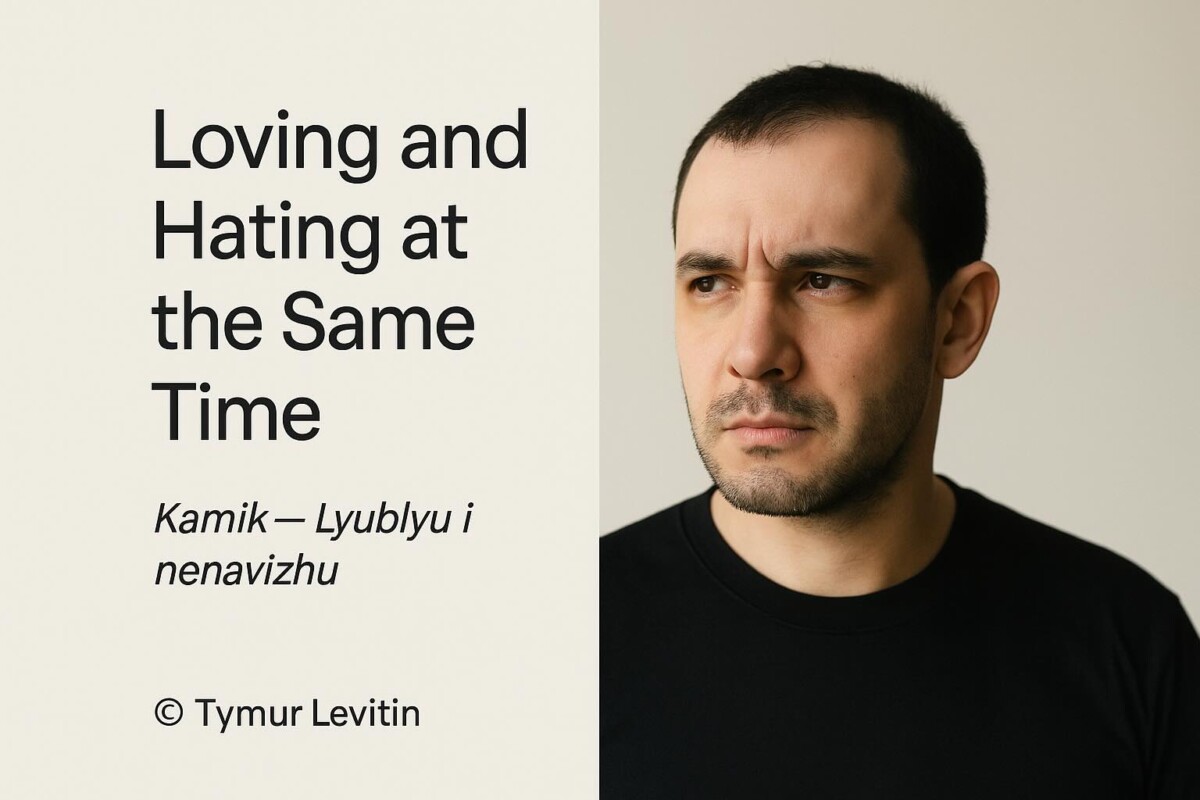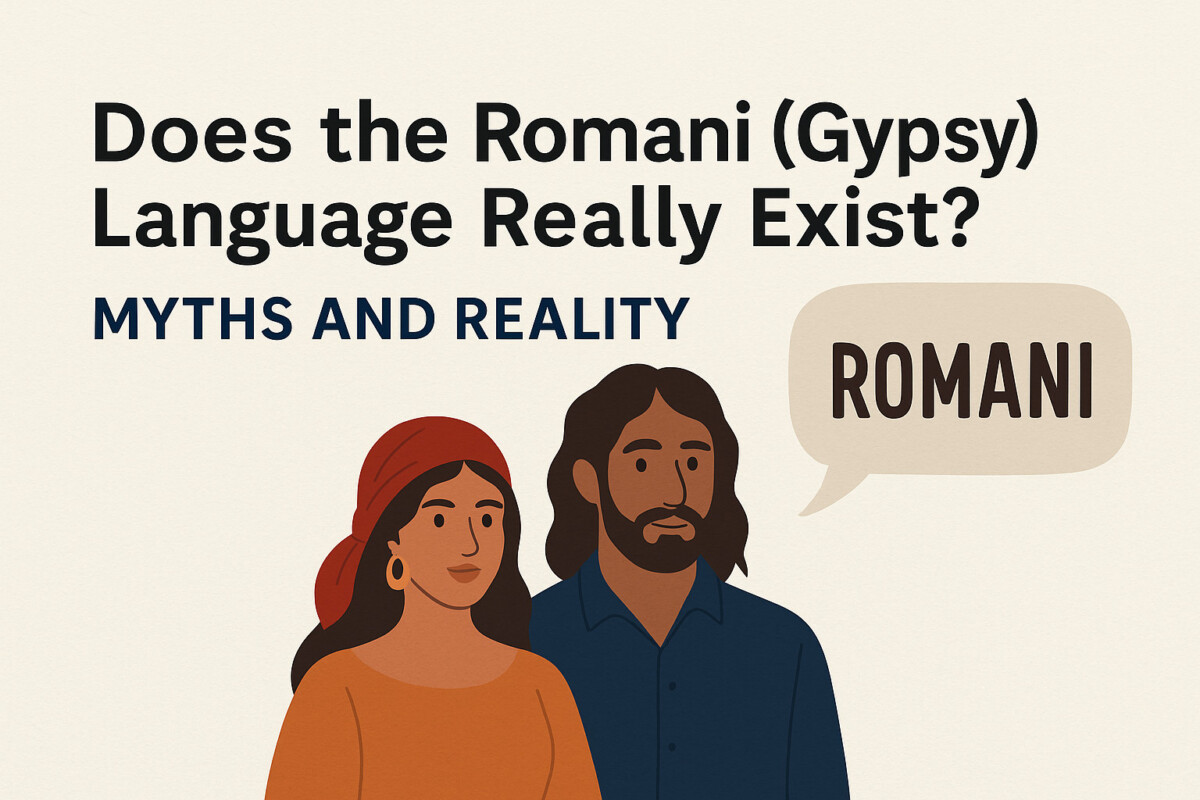Choose your language: Levitin Language School – Languages
Introduction: Why This Song Matters
Some songs are not written to impress with poetic complexity but to expose raw feelings. Kamik’s Lyublyu i nenavizhu (I Love and I Hate) belongs to that category. At first glance, the lyrics may seem simple, even repetitive. Yet behind this simplicity lies a direct emotional truth: the contradiction of love and hatred living in the same heart.
This article explores how Kamik’s language works, what happens when we try to translate it, and how teachers and learners can use this type of text to practice real-life emotional language.
The Themes: Love, Hatred, and Contradiction
Everyday Words, Extreme Feelings
The song is built on short, plain statements:
- “Ya vsyo yeshchyo lyublyuyu” (I still love),
- “No poroy tak sil’no nenavizhu” (But sometimes I hate so much).
There is no metaphor, no ornament — only the rhythm of repeated confessions. This is language as emotional reflex.
The Central Line: “Dusha zhivyot toboy”
Literally, “My soul lives by you.” This phrase is almost untranslatable. In English we might say “My soul lives through you” or “You are the reason my soul lives”, but none carry the same raw, almost mystical Russian intensity.
Silence as Dialogue
The verse “Davai s toboy pomolchim” (Let’s be silent together) is another paradox: silence becomes communication, a language of its own.
Linguistic Notes
Repetition and Lengthening
The written “lyublyuyuyu” with multiple vowels imitates the stretching of a voice in singing. Linguistically, it marks intensity — something textbooks rarely show.
Colloquial Syntax
Phrases like “I vse v moyey sud’be / s toboyu svyazano nezrimo” (And everything in my destiny is invisibly tied to you) use parallel structures and inversions that feel poetic yet remain accessible.
Translation Choices
Example 1: “Lyublyu i nenavizhu”
- Literal: “I love and I hate.”
- Interpretive: “My love is chained to hate.”
- Poetic: “I love you fiercely, I hate you deeply.”
Each version shifts the emotional weight: the first is neutral, the second adds metaphor, the third dramatizes intensity.
Example 2: “Dusha zhivyot toboy”
- Literal: “The soul lives by you.”
- Closer to English idiom: “You keep my soul alive.”
- Poetic: “My soul breathes only through you.”
Classroom Use: Turning Lyrics into Lessons
- Gap-Fill Exercise: Remove repeated words and have students listen and complete them.
- Paraphrasing Task: Rewrite “Lyublyu i nenavizhu” in at least three other ways (e.g., “I adore you, yet I resent you”).
- Pronunciation Practice: Stretch vowels (lyublyuyuyu) to train intonation and rhythm.
- Translation Workshop: Compare literal vs. poetic translations of “Dusha zhivyot toboy.”
- Speaking Task: Ask students to describe a contradictory feeling in their own words.
Cultural Context: Why This Matters
Kamik is known for straightforward, almost “street-like” sincerity. His lyrics may lack sophistication, but they resonate because they capture what people actually feel and often fail to articulate.
Songs like this bridge the gap between academic language and lived emotion. For teachers and learners, they show that sometimes the most powerful expressions are the simplest ones.
Author’s Reflection
I chose this song not because it is “high poetry,” but because it speaks in the language of contradiction — love and hate, silence and speech, closeness and distance. For me, this is what real language learning is about: not memorizing rules, but finding words for the chaos of being human.

Explore More → Stop Memorizing. Start Thinking.
© Tymur Levitin — Author’s Column. Founder and Director of Levitin Language School / Start Language School by Tymur Levitin.
























